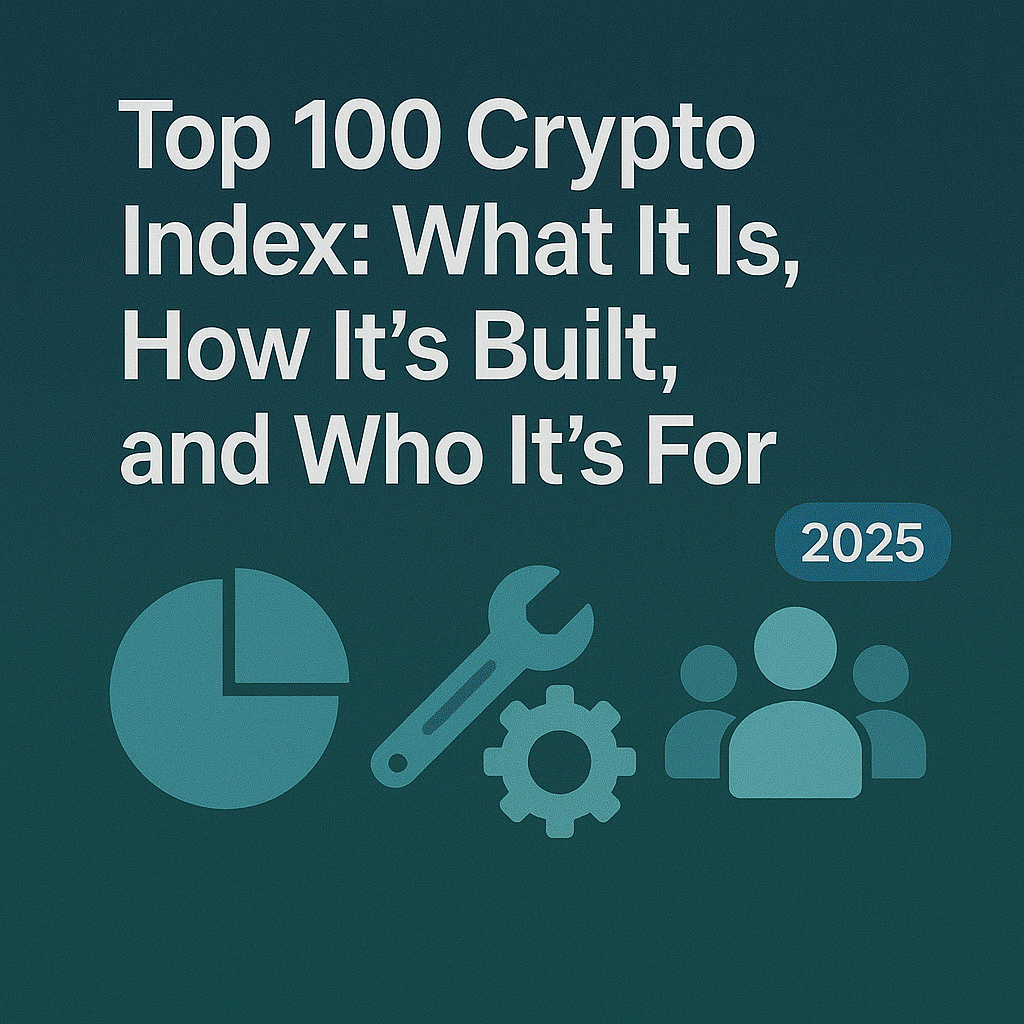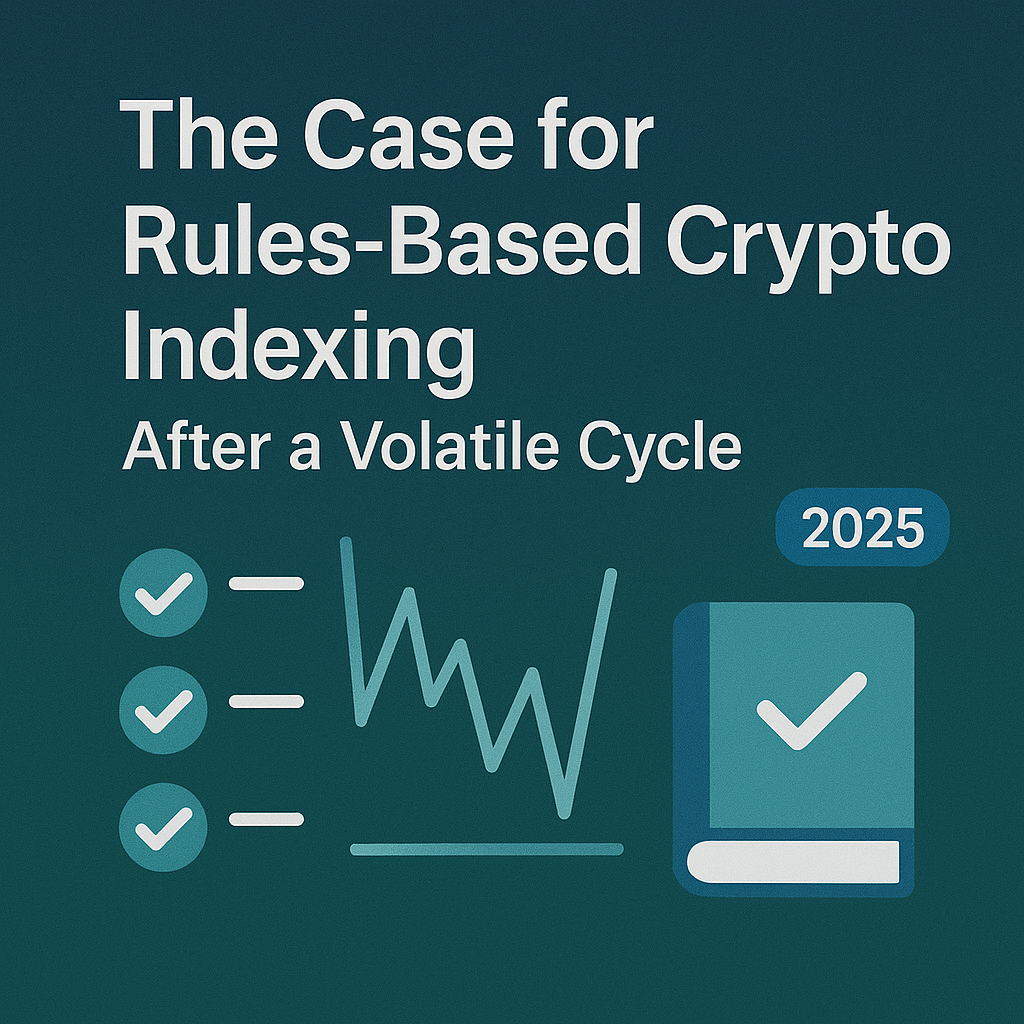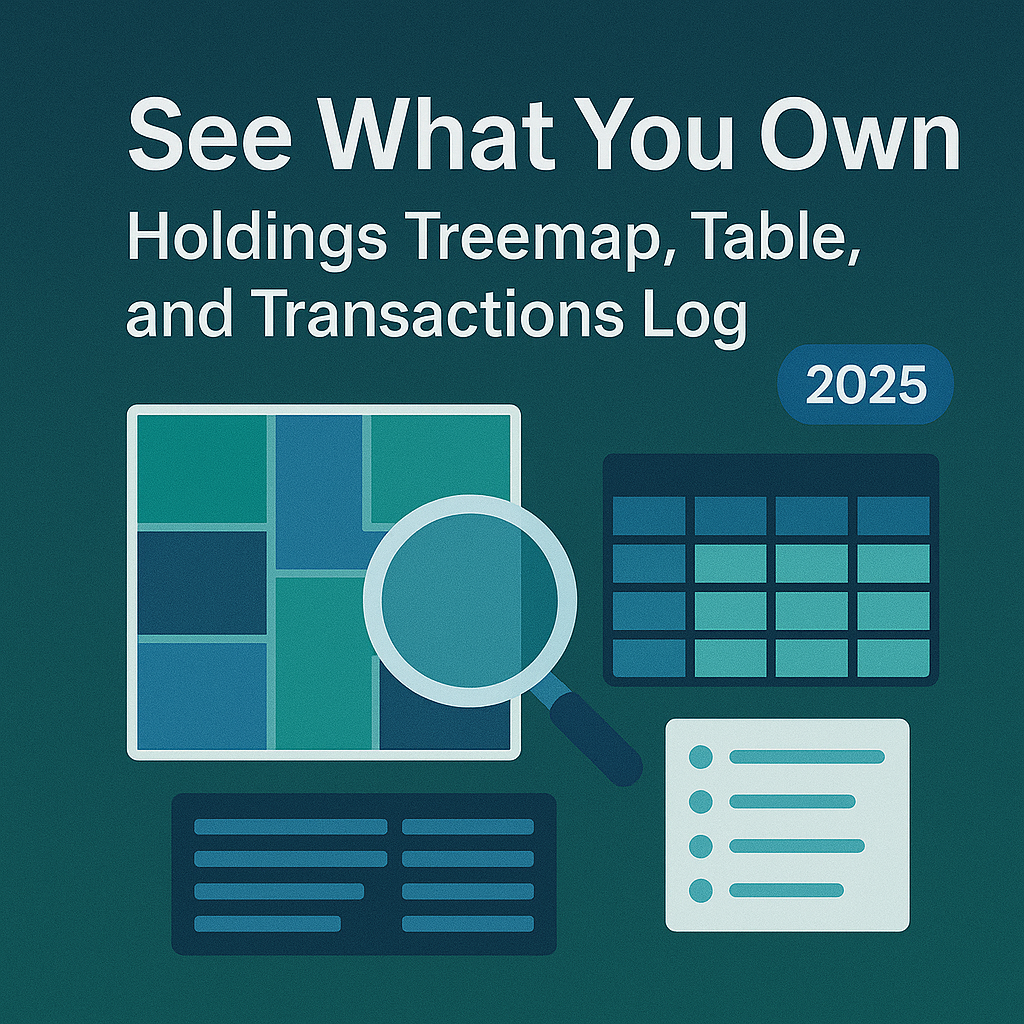Understanding REST APIs: Design, Security & Best Practices

Modern web and mobile applications rely heavily on REST APIs to exchange data, integrate services, and enable automation. Whether you're building a microservice, connecting to a third-party data feed, or wiring AI agents to live systems, a clear understanding of REST API fundamentals helps you design robust, secure, and maintainable interfaces.
- What is a REST API?
- Core Principles & HTTP Methods
- Design Patterns and Best Practices
- Security, Monitoring, and Scaling
- Build Smarter Crypto Apps & AI Agents with Token Metrics
- FAQs
- Disclaimer
What is a REST API?
REST (Representational State Transfer) is an architectural style for distributed systems. A REST API exposes resources—often represented as JSON or XML—using URLs and standard HTTP methods. REST is not a protocol but a set of constraints that favor statelessness, resource orientation, and a uniform interface.
Key benefits include simplicity, broad client support, and easy caching, which makes REST a default choice for many public and internal APIs. Use-case examples include content delivery, telemetry ingestion, authentication services, and integrations between backend services and AI models that require data access.
Core Principles & HTTP Methods
Understanding core REST principles helps you map business entities to API resources and choose appropriate operations:
- Resources: Model nouns (e.g., /users, /orders) rather than actions.
- Statelessness: Every request should contain all information to process it; avoid server-side session state.
- Representation: Use consistent formats such as JSON:API or HAL for predictable payloads.
- HTTP Verbs: GET for retrieval, POST to create, PUT/PATCH to update, DELETE to remove. Idempotency and safety semantics matter when designing retries and error handling.
- Status Codes: Use standard HTTP status codes (200, 201, 204, 400, 401, 403, 404, 429, 500) to communicate outcomes clearly to clients.
Adhering to these constraints makes integrations easier, especially when connecting analytics, monitoring, or AI-driven agents that rely on predictable behavior and clear failure modes.
Design Patterns and Best Practices
Building a usable REST API involves choices beyond the basics. Consider these patterns and practices:
- Versioning: Use URI (e.g., /v1/) or header-based versioning to avoid breaking clients when evolving schemas.
- Pagination and Filtering: Support limit/offset or cursor-based pagination and flexible query filters to keep responses performant.
- Hypermedia (HATEOAS): Optionally include links to related resources to improve discoverability for advanced clients.
- Idempotency Keys: For non-idempotent operations, accept idempotency keys so retries don’t create duplicates.
- Documentation and SDKs: Maintain OpenAPI/Swagger specs and generate client SDKs to reduce integration friction.
For teams building APIs that feed ML or AI pipelines, consistent schemas and semantic versioning are particularly important. They minimize downstream data drift and make model retraining and validation repeatable.
Security, Monitoring, and Scaling
Security and operational visibility are core to production APIs:
- Authentication & Authorization: Use OAuth 2.0, JWTs, or API keys depending on risk profile. Apply least-privilege principles to tokens and scopes.
- Transport Security: Enforce TLS for all traffic and HSTS where applicable.
- Rate Limiting & Throttling: Protect against abuse and ensure fair usage. Return clear retry-after headers to guide clients.
- Observability: Emit structured logs, request IDs, and metrics (latency, error rates) and hook them into dashboards and alerting systems.
- Schema Validation: Validate payloads at the boundary to prevent invalid data from propagating into downstream services.
Scaling often combines stateless application design, caching (CDNs or reverse proxies), and horizontal autoscaling behind load balancers. For APIs used by data-hungry AI agents, consider async patterns (webhooks, message queues) to decouple long-running tasks from synchronous request flows.
Build Smarter Crypto Apps & AI Agents with Token Metrics
Token Metrics provides real-time prices, trading signals, and on-chain insights all from one powerful API. Grab a Free API Key
FAQs
What distinguishes REST from other API styles like GraphQL?
REST emphasizes resources and uses HTTP verbs and status codes. GraphQL exposes a flexible query language letting clients request only needed fields. REST is often simpler to cache and monitor, while GraphQL can reduce over-fetching for complex nested data. Choose based on client needs, caching, and complexity.
How should I version a REST API without breaking clients?
Common strategies include URI versioning (/v1/) and header-based versioning. Maintain backward compatibility whenever possible, provide deprecation notices, and publish migration guides. Semantic versioning of your API contract helps client teams plan upgrades.
What are practical steps to secure a public REST API?
Require TLS, use strong authentication (OAuth 2.0 or signed tokens), validate inputs, enforce rate limits, and monitor anomalous traffic. Regularly audit access controls and rotate secrets. Security posture should be part of the API lifecycle.
How can REST APIs support AI-driven workflows?
APIs can supply training data, feature stores, and live inference endpoints. Design predictable schemas, low-latency endpoints, and asynchronous jobs for heavy computations. Tooling and observability help detect data drift, which is critical for reliable AI systems. Platforms like Token Metrics illustrate how API-led data can support model-informed insights.
When should I use synchronous vs asynchronous API patterns?
Use synchronous APIs for short, fast operations with immediate results. For long-running tasks (batch processing, complex model inference), use asynchronous patterns: accept a request, return a job ID, and provide status endpoints or webhooks to report completion.
Disclaimer
This article is educational and technical in nature. It does not constitute investment, legal, or professional advice. Evaluate tools and architectures against your requirements and risks before deployment.
Create Your Free Token Metrics Account

.png)




%201.svg)
%201.svg)


%201.svg)














.svg)




.png)